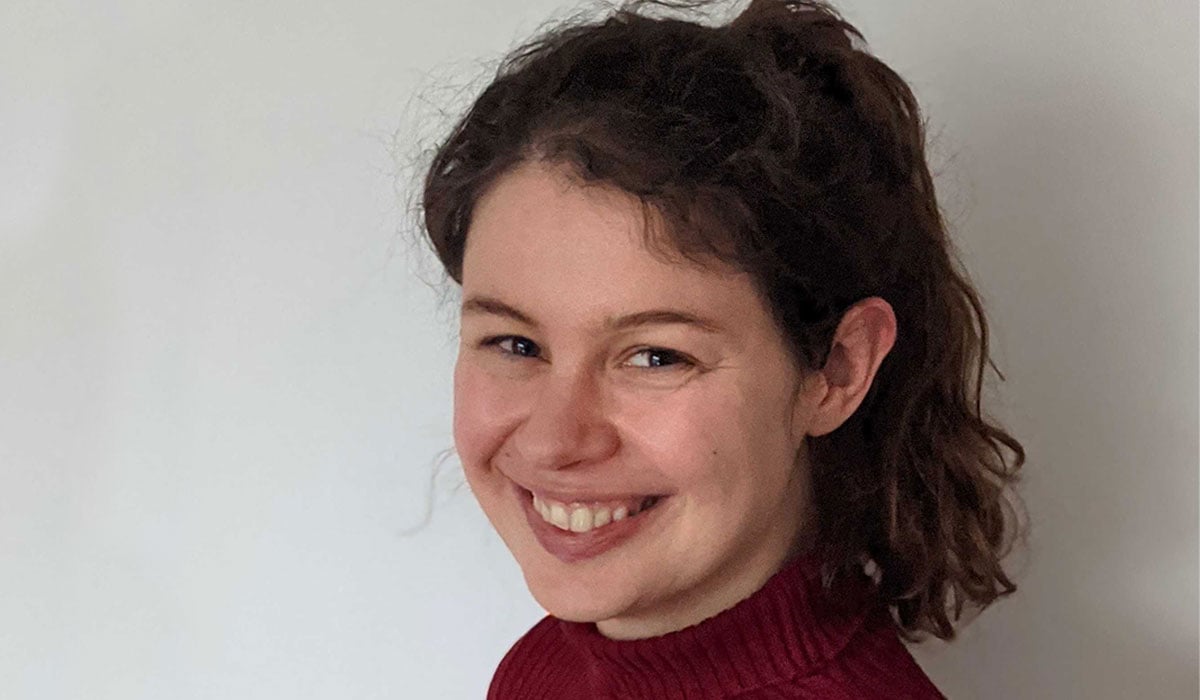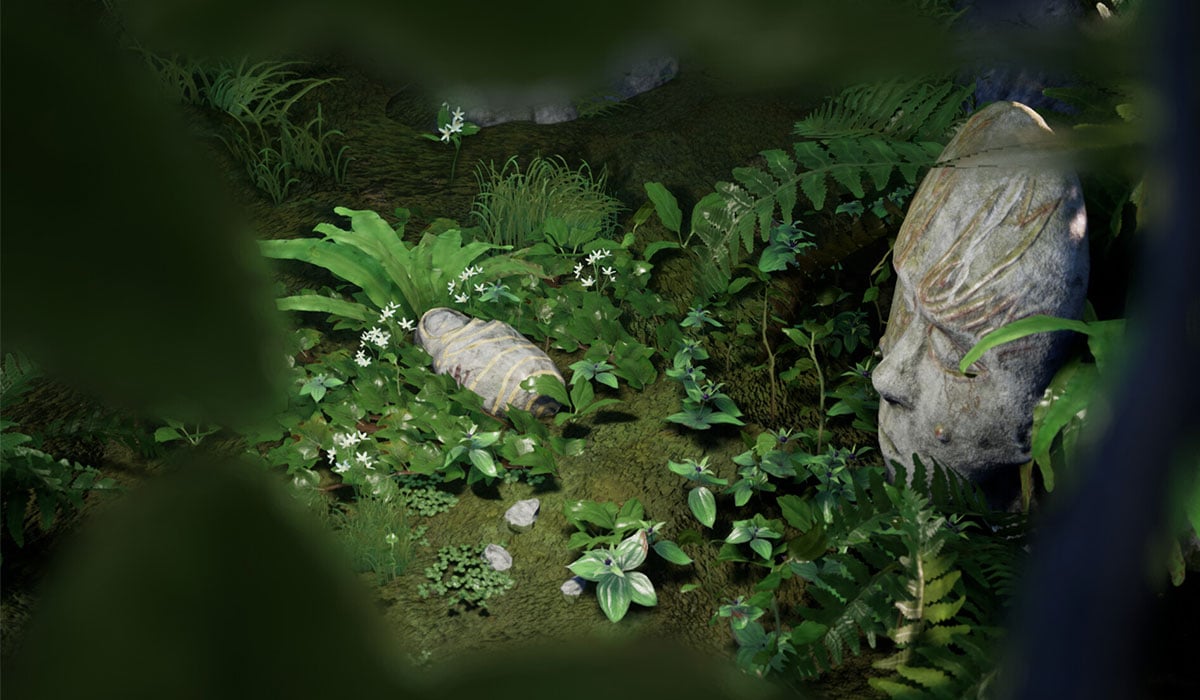
Liesbet Segaert
Tell us about what you do?
I’m from Belgium, and I work at MAGNOPUS as an artist. I’m a mid-level artist, and quite a generalist in all things 3D. We are a relatively small studio, and so I don’t specialise.
The way we work is that the client passes on their requirements to the design team – they figure out what it’s going to be. Then the concept art team draw out how it will look – and then the project comes to us. We are the art production team, so we have to make 3D assets, we make scenes, if something needs animating, we animate it. If it needs lighting, we light it. We have to make sure that it looks good and it works. My job seems very technical, but I’m not a programmer. I don’t write code. We have a lot of programmers at MAGNOPUS and its really fun to work with them - because they can usually fix the problems I can’t!
Unreal is also the engine we use, sometimes we use Unity. Then Maya, obviously, and a load of other little side programs like Substance Painter, Houdini, Photoshop. It may seem like the role is complicated, but actually, a lot of the software is there because, before it existed, you had to do big workarounds. Now so much of the software is there to make your life easier.
How did you get to where you are today?
I was always good at both maths stuff and art stuff – those were my two favorite subjects in school. I studied in Belgium on a three-year course called Digital Art and Entertainment – that was where I got the base of the 3D software that you need to know, the texturing, the compositing, the Photoshop skills. I think the first thing you need to learn is the software - and then you need to make it look good. The best way I found is to look online - what's out there? What are people making? I could then tell if my work was on par with theirs, and I could start to build my portfolio to showcase what I could build.
"You need to be able to take a step back, look at the problem and divide it into smaller things that you can solve."
What do you love most about what you do?
Mostly I really like making art. And I like that it’s a balance between the technical and the creative. I like that I can be doing maths stuff for a while - and then move on to making pretty things. It keeps me entertained!
But I also like how my job is really engaging – literally every single project is going to bring a new challenge and new things to learn. It’s just really, always interesting to me. Sometimes it’s a little stressful, like when a deadline is coming, but in general, like just tackling the challenges that come your way just keeps every day interesting.
You have to approach every project by thinking – there’s a certain set of things we need, and those are just not always things that I have done before. So then you need to figure out how to do those things, and that’s fun. I say, challenging, but it’s not impossible. You kind of need to learn how to quickly learn new things! Tutorials are your friend. You have to look for other people who have solved your problem and try and do what they do. And when you get stuck, you look a little further.

A snippet of a scene created by Liesbet
So learning how to learn is clearly a key skill. What other skills are important?
You need to be a little bit self-critical and a little bit of a perfectionist. You need to be able to look at something and go - does it look like it's finished really well? You need a good eye - and an eye for detail.
And then you have to be able to take feedback. I get feedback on literally everything I do – if you’re going to be upset every time you get feedback, then maybe this isn’t for you. I do think everyone is a little bit upset in the beginning when they’re not used to getting feedback. But then at a certain point, you just decide this feedback is useful for me to improve and for us to make the best possible product together.
Also, it’s about problem-solving. You need to be able to take a step back, look at the problem and divide it into smaller things that you can solve. You end up building a library of ways to do things. And then every time you get a new project, you’re like, “Oh, I learned this over there, and I learned that over there, how can this help me today?”
See more of Liesbet's work at Artstation